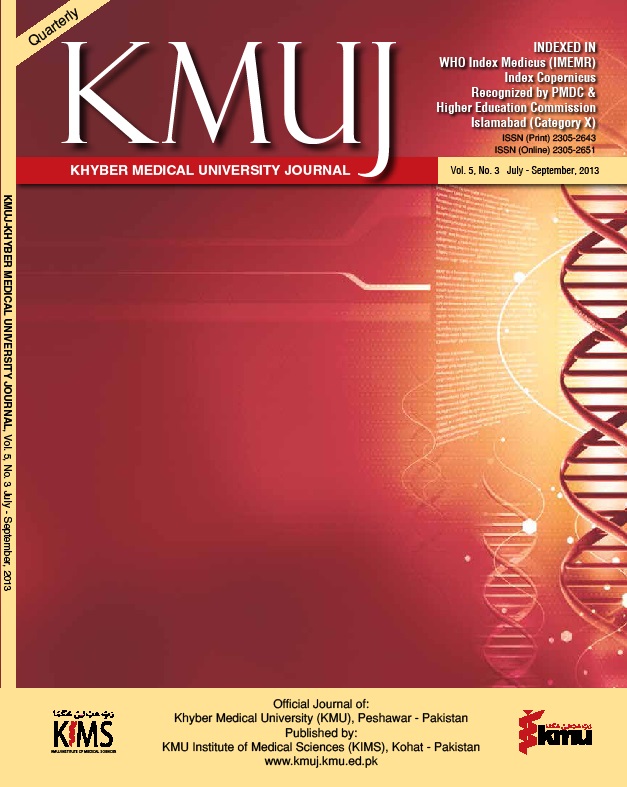Hepatic Stellate Cells in the Context of Liver Fibrosis
Main Article Content
Abstract
Liver fibrosis is a wound healing response caused by either acute or chronic cellular damage. If left untreated, can lead to cirrhosis that progress to liver failure and can causes death. During hepatic fibrosis, the primary cell-type is the hepatic stellate cell (HSC), previously known as Ito cell, responsible for the progressive collagen synthesis in liver. After liver damage, the HSC changes from a quiescent, vitamin A-storing cell to that of an activated myofibroblast-like cell through intricate transformation or an activation process. After HSC activation, a series of intricate cellular cascades are triggered by the stimulation of signaling events. Various signaling pathways include TGF-beta signaling, signaling that favor proliferation, NF-kB signaling, and MAPK signaling that play role in Hepatic stellate cell activation and proliferation. In the present review, an attempt has been madeto add a drop of knowledge in the sea of already available literature on liver fibrosis in order to elaborate the role of hepatic stellate cellsliver fibrosis, its activation, some of the signaling pathways implicated in its activation. And how to control the activation and proliferation of HSCs for prevention of liver fibrosis, has been briefly inked
Article Details
How to Cite
khan, Muhammad Ashfaq, and Roshan Ali. “Hepatic Stellate Cells in the Context of Liver Fibrosis”. KHYBER MEDICAL UNIVERSITY JOURNAL, vol. 5, no. 3, Sept. 2013, pp. 156-61, https://www.kmuj.kmu.edu.pk/article/view/10967.
Section
Narrative Review Articles
Work published in KMUJ is licensed under a
Creative Commons Attribution 4.0 License
Authors are permitted and encouraged to post their work online (e.g., in institutional repositories or on their website) prior to and during the submission process, as it can lead to productive exchanges, as well as earlier and greater citation of published work.
(e.g., in institutional repositories or on their website) prior to and during the submission process, as it can lead to productive exchanges, as well as earlier and greater citation of published work.
